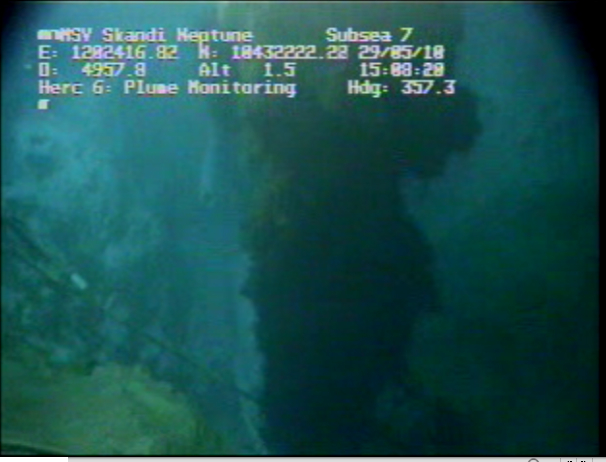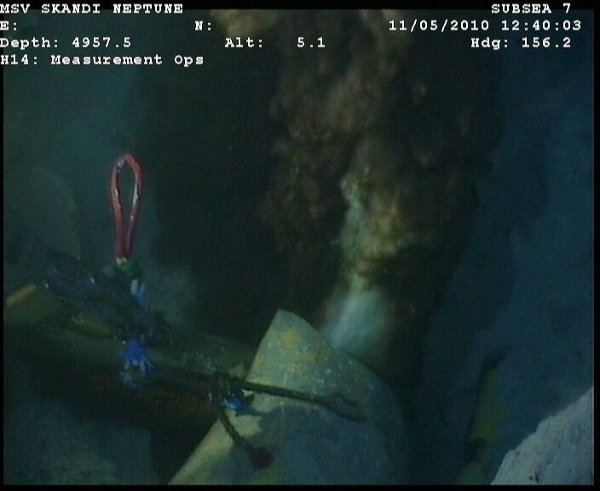We’re now on Day 43 of the Gulf oil spill, and it looks increasingly likely that the end won’t come for months, if then. Much attention has been paid to whether Congress will raise the liablity cap to ensure that BP pays those affected by the havoc the company unleashed in the Gulf. But the company will also face civil, and possibly criminal, penalties for the disaster.
This is one major reason it’s important that we know just how big the spill actually is. The government team assembled to figure out the size of the spill gave a likely range of 12,000 to 19,000 barrels per day leaking from the well; one team put the high end at 25,000 barrels. Even the low end is far higher than BP’s first estimated rate of spill, which was 1,000 barrels per day, and more than twice as large as than the government’s initial estimate of 5,000 barrels per day.
While the Oil Pollution Act of 1990 set the liability cap at a paltry $75 million, it also amended the Clean Water Act to set civil penalties per barrel spilled. The base fine for a spill is $1,100 per barrel, but it can go as high as $4,300 a barrel if a federal court determines that the spill was the result of gross negligence by the responsible party. So how do those numbers stack up?
If BP is found to be negligent and we believed their initial 1,000-barrel-per day figure, they’d only owe the American people $184.9 million. If we stuck with the initial government estimate, the company would owe just $924.5 million. If the low end of the updated government estimate is right, they’d owe $2.2 billion. And if the high end is right? They’d owe $4.6 billion at this point.
Looking at the figures, it begins to come more clear why the company tried so hard for so long to downplay the size of the spill. But as we prepare for what looks like an entire summer of this well gushing into the Gulf, it won’t be able to keep up that charade.
If you appreciate our BP coverage, please consider making a tax-deductible donation.















